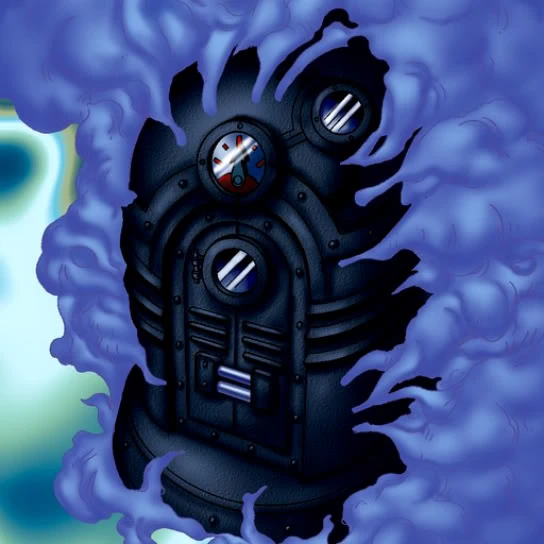I have currently read three chapters of the novel (which are fairly short) and going back on my previous predictions, I have to say the book starts fairly strong, with the main character, just referred as "The Time Traveler", talking to a room of professionals in different fields about his theory of a fourth dimension which is the time itself, and the way he talks about this is actually very scientific and still relevant to this day, the reader can easily believe what this character says because it's something plausible and I think way more commonplace compared to back then.
As for time travel itself, it's clearly an outdated point of view, since our current views on it depend heavily on the many-worlds interpretation which was first talked about in 1952, so most media back then take a "single timeline" approach to how time works. So far, the Time Traveler has yet to explain the time machine itself, but it's fairly safe to assume it wouldn't have a plausible explanation, all that is said is how the machine itself looks, a saddle with two levers, one for traveling to the future and one to the past. I find this extremely interesting for several reasons: One, cars were something new back then, and their implementation as a main way of traveling didn't happen until at least 1910, so the author talking about a "saddle" is interesting since, well, horses were the only way of transportation on land other than trains. Second, there were no digital devices back then, so the only "input" this machine had were two levers without any other way of interacting with it, no way to specify a date or try to be accurate, it's literally a lever you have to push and hope for the best.
(Also, there are several images of the time machine itself, which I'm pretty sure originated from the first film of it, having a chair and a round clock-like disk behind, but the book only mentions the saddle and levers)
As for the views of the future, I'm actually surprised the first thing the Time Traveler did was fast forward to several centuries into the future, stumbling upon buildings "with intricate parapets", odd sphinx-like marble statues and what I think is the evolution of the human race? Which Wells describes as "beautiful and graceful creatures, but indescribably frail". I have yet to read more about this future in the book, though.





